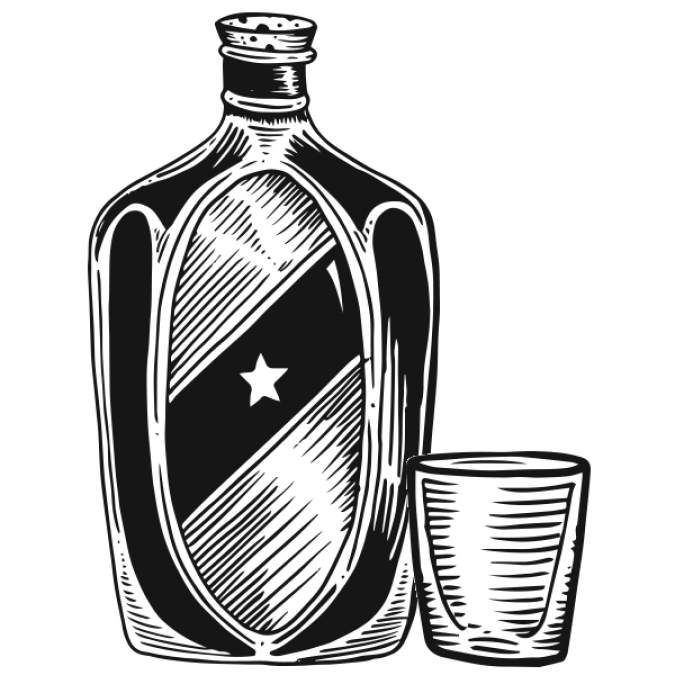For those of us who came of age during the current cocktail renaissance, it’s easy to take fresh-squeezed fruit juices for granted. After all, it’s a rare bar that still uses Rose’s Lime for anything other than attracting fruit flies. Yet the current lime shortage, due both to drought and the insidious impact of Mexican drug cartels, is going to force us to re-evaluate a slew of summertime drinks. That’s right, it’s more than just idle bar talk: we’re facing a full-on disaster here. A “Limeaggedon,” if you will (sorry for that one).
The problem is two-fold. Limes are scarcer and thus more expensive, and the ones we are getting are generally of a poorer quality: dry and mealy, not lush and ripe. Bars and bartenders throughout Seattle are grappling with the issue, and so are cocktail drinkers. With summer just around the corner, it’s a good time to investigate other options.
The simplest solution is to use something other than fresh lime juice to approximate the taste. Rose’s Lime Juice is a blend of high-fructose corn syrup and lime juice concentrate, and as such has a few strikes against it. For one, high-fructose corn syrup, and second, it only slightly tastes like actual limes. Other lime juice concentrates suffer from the same basic problem: the taste can’t really compare to fresh lime juice, and in drinks where the lime juice is a key ingredient, the drop-off is noticeable.
There’s also been a lot of straight substitutions of lemons for limes, and while that might be acceptable when it comes to garnishing a drink, it rarely passes muster in an actual cocktail. Mostly because lemons are higher in acid and tend to be more astringent than limes, and in the context of a cocktail those differences can wreck havoc with the balance.
For example, in that most classic of lime-based drinks, the Margarita, using lemon juice for lime would give you a nearly undrinkable beverage. Instead, I like to use a combination of grapefruit and lemon juices, about twice as much grapefruit, to maintain some of the sweetness and depth of flavor in the cocktail. In general, tequila takes well to most kinds of citrus, so you can play around with other combinations (maybe some orange juice if you like sweeter drinks) and see what works.
Rum drinks, unfortunately, are much less flexible. For whatever reason, rum tends to only really work well with lime. In particular, Mojito season is going to get ugly this year, leaving bars with a very difficult choice: tinker with a much-loved drink, or make it with crappy lime juice. I wish I had a solution, but the best I can say is that if you load up on the mint, you can probably cover up some of the less pleasant aspects of lime juice concentrate.
The place I might miss limes the most will be as a garnish in a gin and tonic, and again here the choices are a bit grim, as lemons don’t do the trick. I’d encourage you to consider a cucumber slice instead: it doesn’t have the tartness of a lime, but the cooling quality is damn pleasant on a warm summer day.
Whatever the solution, the current lime shortage is forcing bartenders and drinkers alike to confront what might become a growing issue in the bar community. Between climate change, increased transport costs, and the volatility of the global economy, being able to find fresh, inexpensive citrus year round might not be a reality in colder climes like Seattle in the future. If so, it’ll be more than just our drinks that suffer.
thebarcode@seattleweekly.com






